15.04.2015 by roberts
The internet is full of resources for learning data journalism. However, sometimes the amount of available resources can be a bit daunting for beginner data-journalists. That’s why we created a catalogue of must-read books. You can download most of them on your e-reader in seconds. Enjoy the list!
An impressive overview to start with
Collaborative
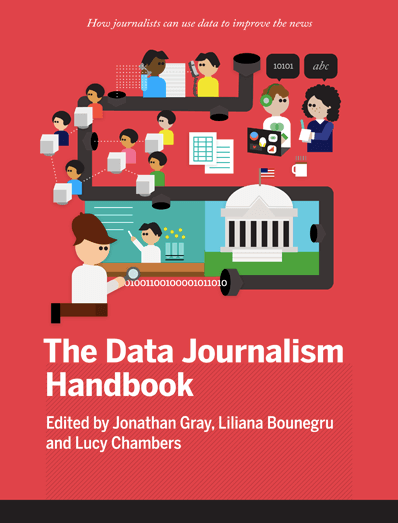 Defined as “a useful resource for anyone who thinks that they might be interested in becoming a data journalist, or dabbling into data journalism”, this book is the best way to start playing with data and visualizations. It offers tips, tricks and examples of data journalism projects. The idea was born at MozFest 2011 in London as an initiative of the European Journalism Centre and the Open Knowledge Foundation. As the result of contributions from many data journalism and data visualization experts the book is free. You can read it in English, Spanish, French, Russian and Georgian. Get the book.
Defined as “a useful resource for anyone who thinks that they might be interested in becoming a data journalist, or dabbling into data journalism”, this book is the best way to start playing with data and visualizations. It offers tips, tricks and examples of data journalism projects. The idea was born at MozFest 2011 in London as an initiative of the European Journalism Centre and the Open Knowledge Foundation. As the result of contributions from many data journalism and data visualization experts the book is free. You can read it in English, Spanish, French, Russian and Georgian. Get the book.
By Trina Chiasson, Dyanna Gregory and others
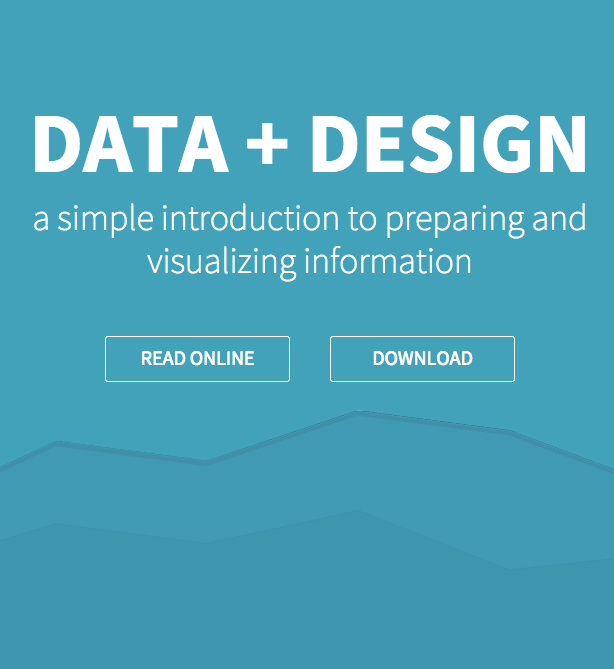 This book defines itself as “a simple introduction to preparing and visualizing information”. It was created by more than 50 volunteers from 14 countries around the world providing another interesting overview of different experiences from people immersed in data journalism. There is nothing better than hands-on experience and this book tells how other people pursued their data journalism projects. Get the book.
This book defines itself as “a simple introduction to preparing and visualizing information”. It was created by more than 50 volunteers from 14 countries around the world providing another interesting overview of different experiences from people immersed in data journalism. There is nothing better than hands-on experience and this book tells how other people pursued their data journalism projects. Get the book.
First steps: Learning to deal with Excel
3. Finding Stories in Spreadsheets
by Paul Bradshaw
 One of the first lessons a data journalist should learn and master is how to work with data. One of the best applications for that is Excel. In this book, you will learn basic and advanced tips, techniques and formulas to work with Excel. Paul Bradshaw provides plenty of examples that make really messy things easy. As Bradshaw says: “Every spreadsheet tells many stories, this book tells you how to ask the right questions”. Are you ready to be an expert in pivot tables and filters? By the time you finish reading this book, you will love Excel and its possibilities. Get the book.
One of the first lessons a data journalist should learn and master is how to work with data. One of the best applications for that is Excel. In this book, you will learn basic and advanced tips, techniques and formulas to work with Excel. Paul Bradshaw provides plenty of examples that make really messy things easy. As Bradshaw says: “Every spreadsheet tells many stories, this book tells you how to ask the right questions”. Are you ready to be an expert in pivot tables and filters? By the time you finish reading this book, you will love Excel and its possibilities. Get the book.
by Paul Bradshaw
 If you want to learn where to look for data and how to obtain it from dark or difficult sources “Scraping for Journalists” is a handbook for you. Bradshaw shows different techniques for how to find data and tell great stories. Get the book.
If you want to learn where to look for data and how to obtain it from dark or difficult sources “Scraping for Journalists” is a handbook for you. Bradshaw shows different techniques for how to find data and tell great stories. Get the book.
5. CIJ Data Journalism Handbook
by Elena Egawhary and Cynthia O’Murchu
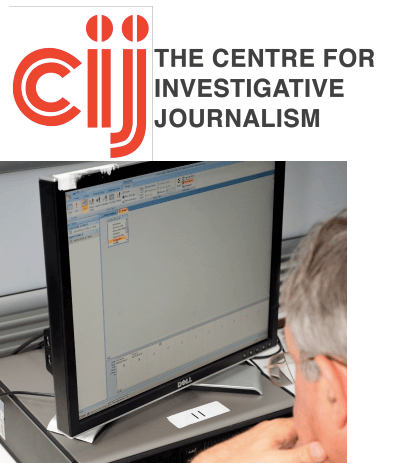 This handbook is for all journalists who want to master the art of questioning numbers competently. Focused on Excel, you must read this handbook edited by the Center for Investigative Journalists. When you finish reading this book, you will be prepared to face Excel without fear. As they say in the introduction “being able to work with figures and investigate numbers is not a new form of journalism but a skill that all journalists can acquire”. Get the book.
This handbook is for all journalists who want to master the art of questioning numbers competently. Focused on Excel, you must read this handbook edited by the Center for Investigative Journalists. When you finish reading this book, you will be prepared to face Excel without fear. As they say in the introduction “being able to work with figures and investigate numbers is not a new form of journalism but a skill that all journalists can acquire”. Get the book.
Discover how to visualize your data properly
by Alberto Cairo
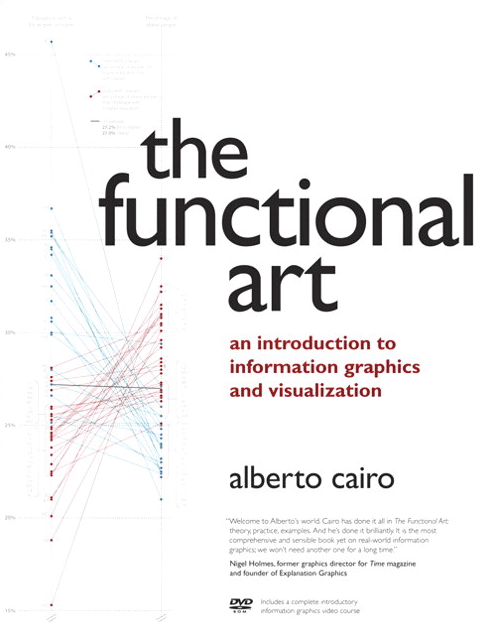 Keep this book in mind every time you are working on a data visualization or infographic. It gives you concrete instructions on how not to fail at creating graphics. The book also includes 90 minutes of video lectures where Cairo explains the world of infographics with practical cases and several interviews with experts in the area. Furthermore, Cairo is working on a new book called ‘The Truthful Art’ which will be released in 2016. Get the book.
Keep this book in mind every time you are working on a data visualization or infographic. It gives you concrete instructions on how not to fail at creating graphics. The book also includes 90 minutes of video lectures where Cairo explains the world of infographics with practical cases and several interviews with experts in the area. Furthermore, Cairo is working on a new book called ‘The Truthful Art’ which will be released in 2016. Get the book.
For Inspiration
by Simon Rogers
 “The most telling findings from The Guardian data blog are brought together to offer the facts and figures behind the headlines, beautifully illustrated with extensive data visualisations”, says the description of the book. Rogers was the Head of The Guardian Data Team until 2013. The books tells about his experience and the projects the team produced during his stay in the newspaper. Olympics and US elections are some of the best data journalism examples that the newspaper published at the time. In other words, “it reveals how data has changed our world and what we can learn from it”. Get the book.
“The most telling findings from The Guardian data blog are brought together to offer the facts and figures behind the headlines, beautifully illustrated with extensive data visualisations”, says the description of the book. Rogers was the Head of The Guardian Data Team until 2013. The books tells about his experience and the projects the team produced during his stay in the newspaper. Olympics and US elections are some of the best data journalism examples that the newspaper published at the time. In other words, “it reveals how data has changed our world and what we can learn from it”. Get the book.
by James Cheshire and Oliver Uberti
 Focused on maps, and combining data with design, this book shows London in one hundred different perspectives never seen before. What are the nationalities in each borough? what languages are spoken and where are the city’s tweeting hot-spots? These are some of the questions that the authors answers in a very visual way. Get the book.
Focused on maps, and combining data with design, this book shows London in one hundred different perspectives never seen before. What are the nationalities in each borough? what languages are spoken and where are the city’s tweeting hot-spots? These are some of the questions that the authors answers in a very visual way. Get the book.
by David McCandless
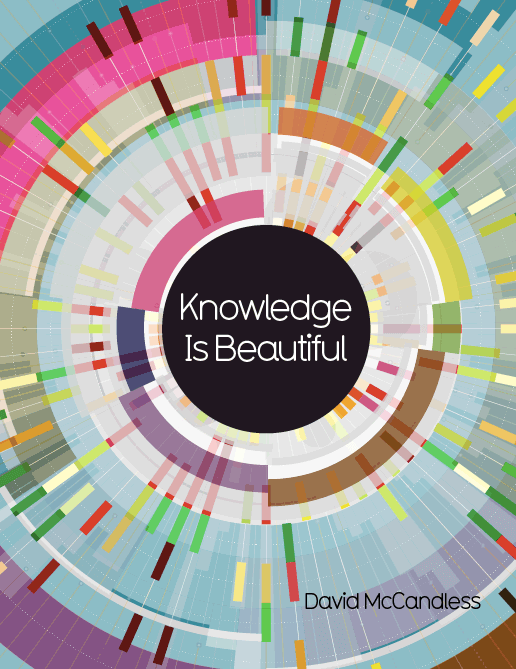 196 hand-crafted infographics and visualisations about different topics to enjoy. This book offers even more ideas when working on data visualization than ‘Information is Beautiful’ – his previous book. Combined these books are the best sources of inspiration for data journalists, graphic designers and people in general. It took him 15,832 hours over two years to produce; data is everywhere in his life. Get the book.
196 hand-crafted infographics and visualisations about different topics to enjoy. This book offers even more ideas when working on data visualization than ‘Information is Beautiful’ – his previous book. Combined these books are the best sources of inspiration for data journalists, graphic designers and people in general. It took him 15,832 hours over two years to produce; data is everywhere in his life. Get the book.
These are 9 excellent books to get you started. Remember, data can be found everywhere and is not scary at all once you start working with it.
Have you read some of these books already? Have others to recommend? Let us know in the comments!
Get data visualization tips every week:
New features, special offers, and exciting news about the world of data visualization.
